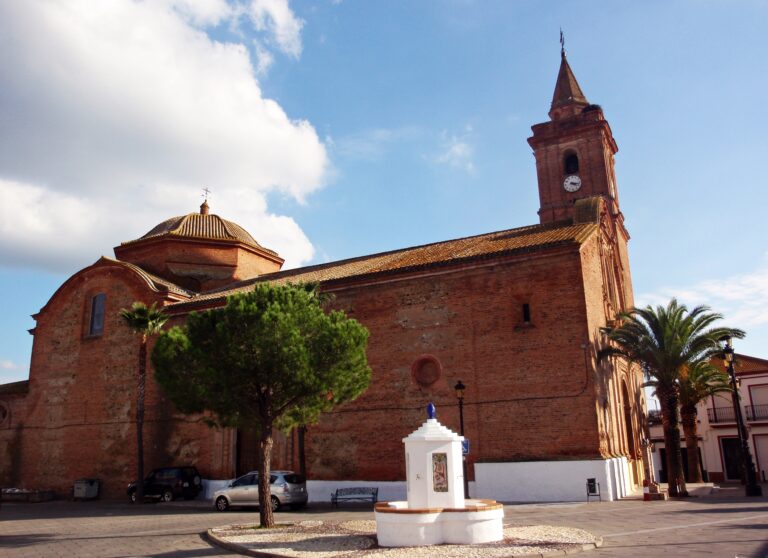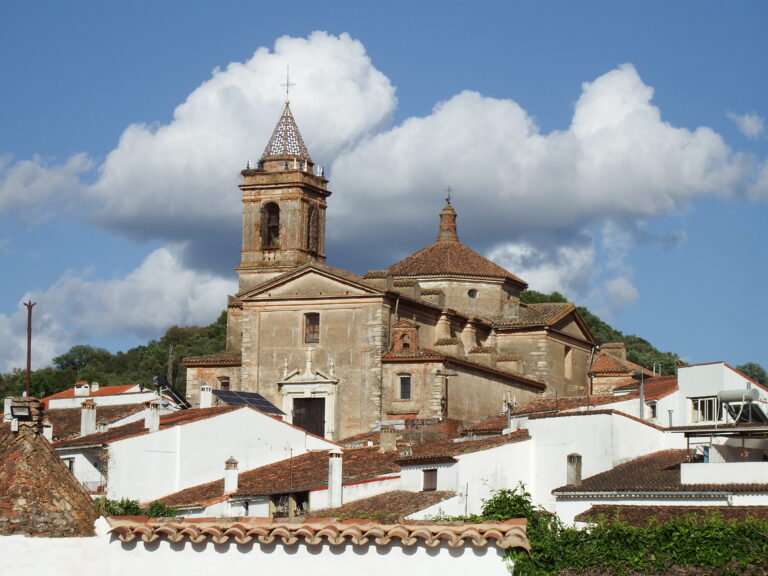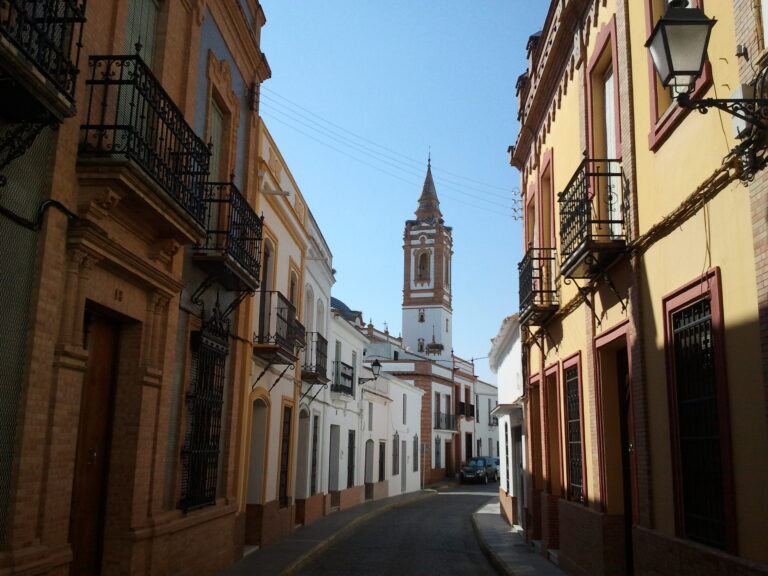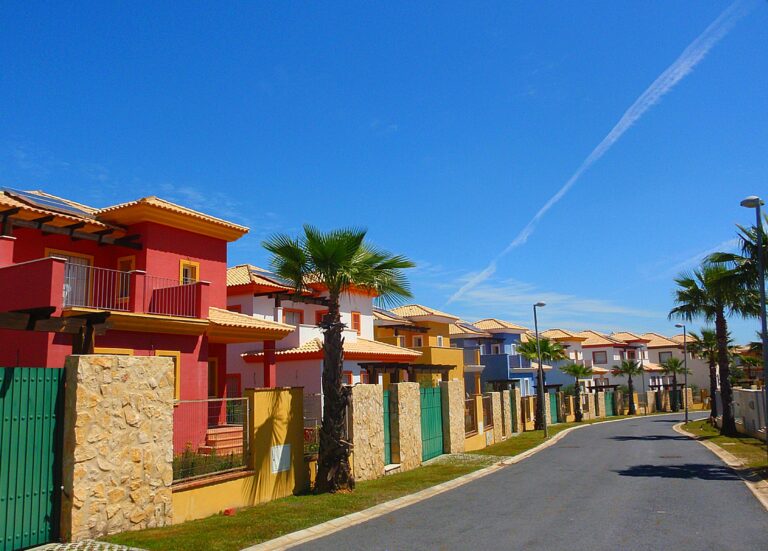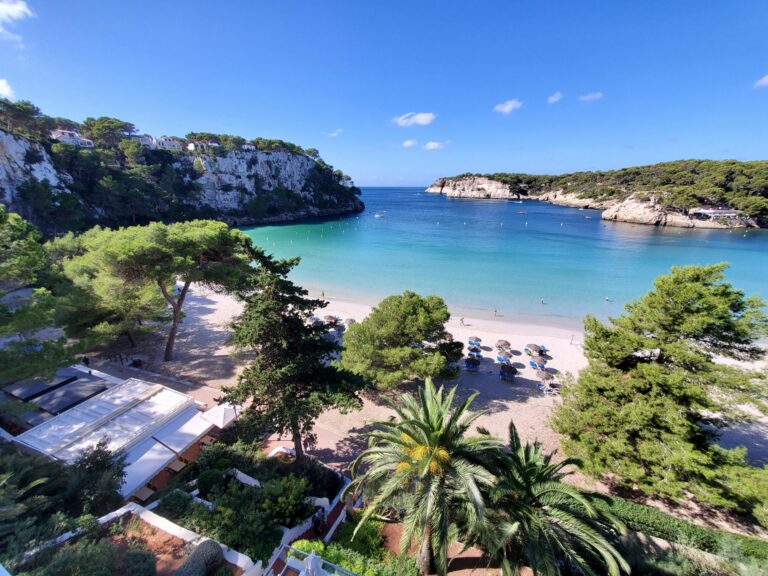El Barraco, Ávila: nature, history and tradition in the heart of the Alberche
Just 26 kilometres from the city of Ávila and just over an hour from Madrid, lies El Barraco, a municipality steeped in history, culture and landscapes of astonishing beauty. Tucked away in the folds of the Sierra de la Paramera and overlooking the pine forests of the Iruelas Valley and the majestic Sierra de Gredos, this municipality, a crossroads between history, culture and nature, is much more than just a village; it is a canvas where every brushstroke tells a thousand-year-old story. From the Vettones, the first Celtiberian people to leave their mark in the form of enigmatic stone boars, to the cycling enthusiasm that makes it famous today, El Barraco is a place of contrasts and traditions that intertwine harmoniously.
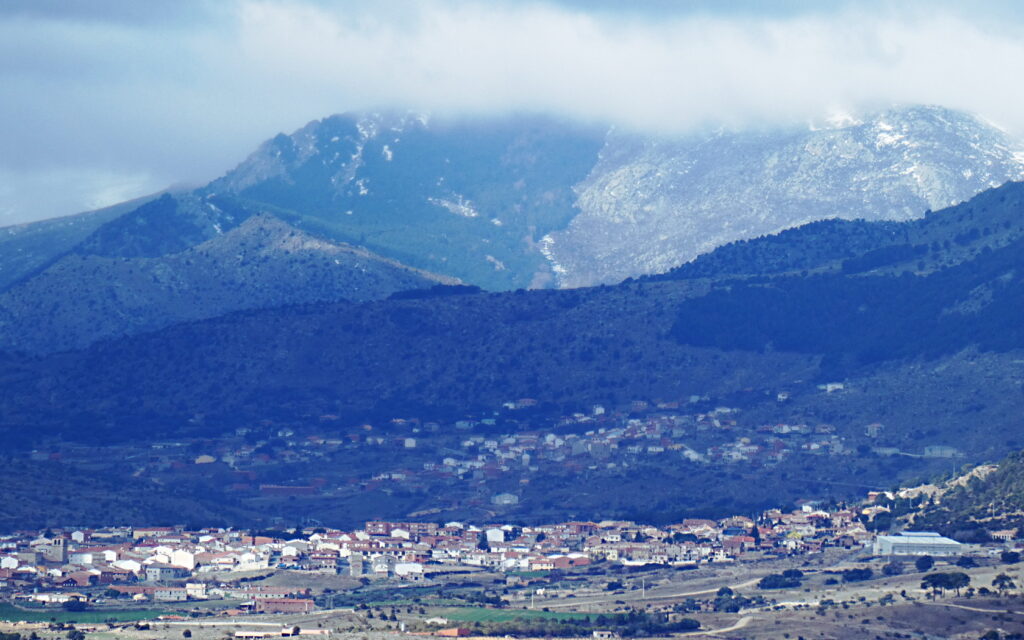
Between the Sierra and the Alberche: a privileged setting
Throughout its 153 square kilometres, this territory offers an astonishing diversity of landscapes. The climate, although temperate-cold Mediterranean, with long winters and hot summers, is softened in the southern half thanks to the presence of the El Burguillo reservoir, which also increases the humidity. In the north, the gentle ridges of La Paramera and its main peak, La Cebrera, at 1,568 metres, dominate the horizon. To the south, the eastern foothills of the Sierra de Gredos rise up, with La Escusa reaching 1,955 metres, an area that even shows signs of glacial morphology.
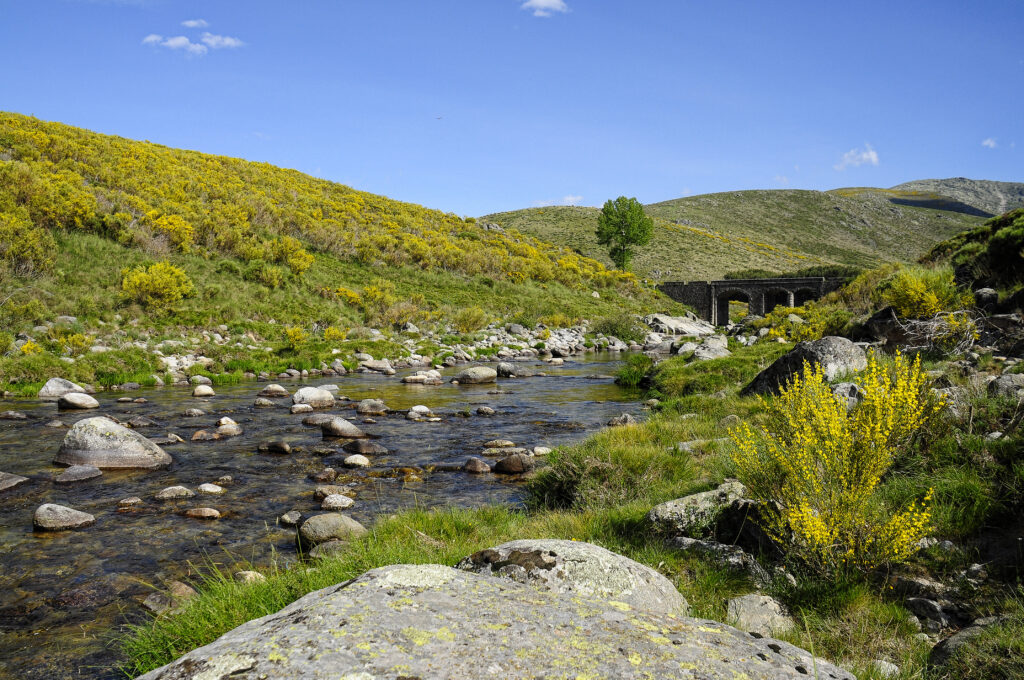
Between these two mountain ranges, the Alberche River, a tributary of the Tagus, crosses the municipality from east to west, fed by the Gaznata River and numerous streams that give life to a diverse ecosystem. This privileged natural environment, ranging from mountain pastures to the dense pine forests of La Cendrera and juniper groves, is a true paradise for those seeking to disconnect and reconnect. El Barraco is not just a destination, but an experience to be enjoyed through its routes, its monuments and, above all, its people.
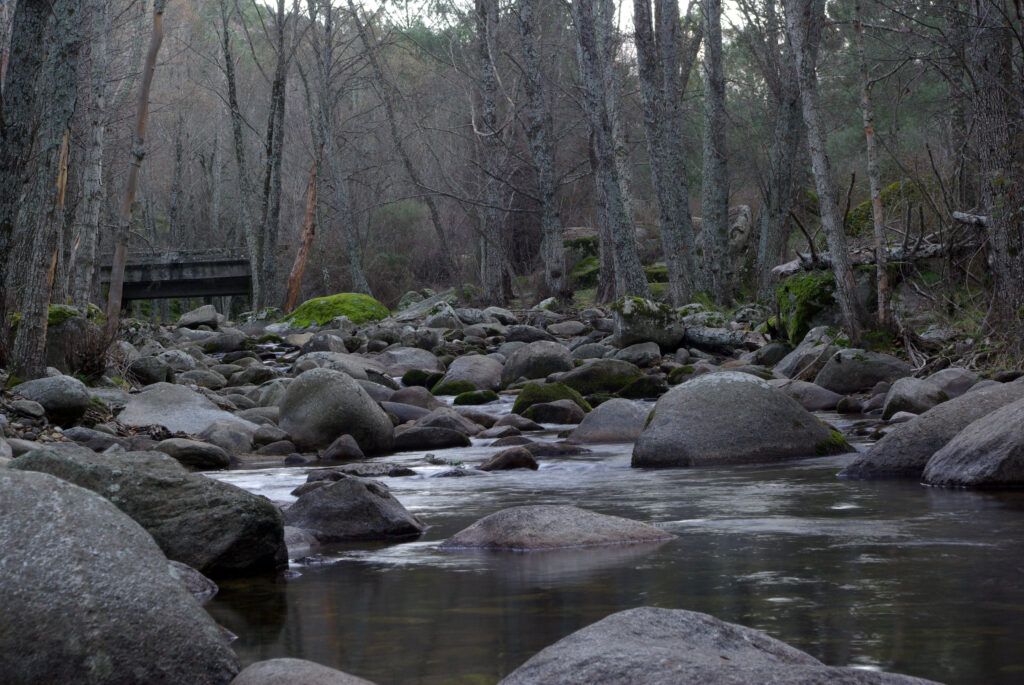
Vetton origins and historical memory
The history of El Barraco is a fascinating story that dates back thousands of years. The first documented traces of human settlements take us back to the 6th century BC, to the fascinating Culture of the Verracos, characteristic of the Vettones, the ancient Celtic people who inhabited these lands. The stone verracos, zoomorphic monuments made of granite, are the emblem of this era, and the coat of arms and flag of the town pay homage to this ancestral past.
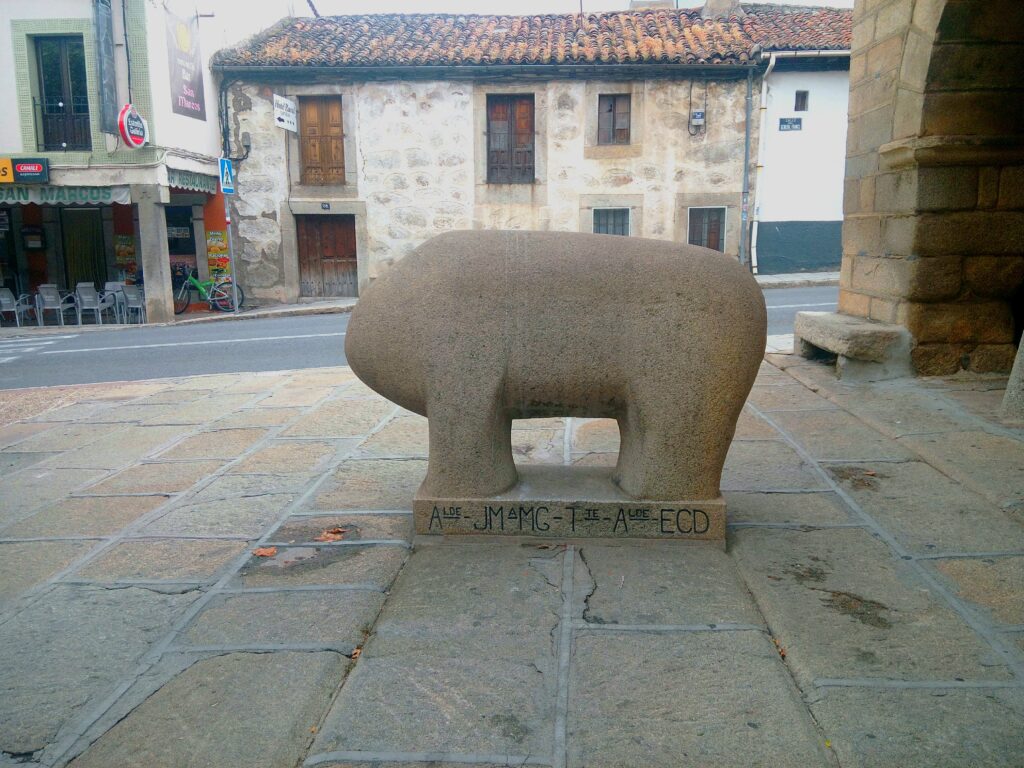
The Piedro Co’Gordo is one of the oldest and most unique manifestations of this legacy. This granite rock formation, which may have been carved by the first inhabitants of the area almost 4,000 years ago, stands in the south of the village, near the road to Arrejondo. Its value is incalculable, as it is believed to be one of the first artistic and spiritual representations in the area. Over time, the site was Christianised and today a cross at its highest point honours the Santísimo Cristo de Gracia, patron saint of the village, showing how beliefs have overlapped over the centuries.
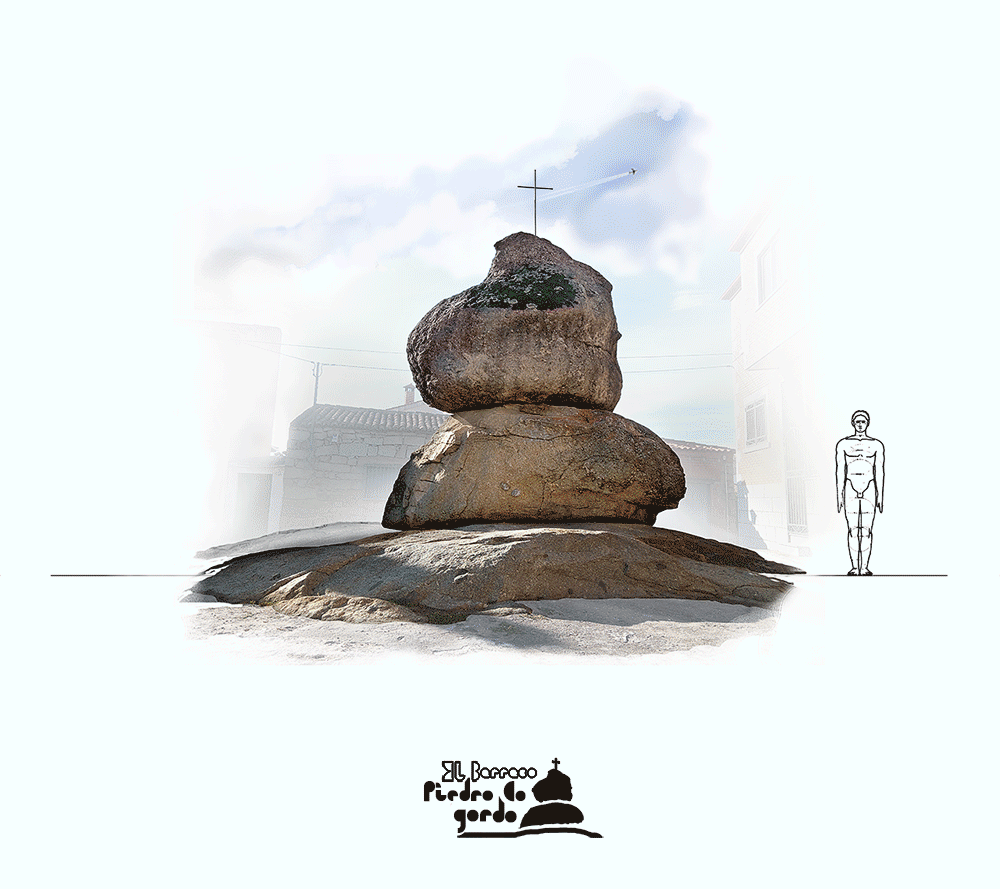
Roman rule also left its mark. The Puente Nueva, a work of Roman engineering, was built to span the gorge on the road to nearby Navaluenga, and the symbols of the stonemasons who built it can still be seen today. After centuries of Muslim rule, the Christian kingdoms of the north reconquered the region, and El Barraco became a key part of Castilian Extremadura. From this medieval period, you can still find the remains of ancient settlements such as Avellaneda, Navalmulo and Navacarros, now uninhabited, which are silent witnesses to a historic past.
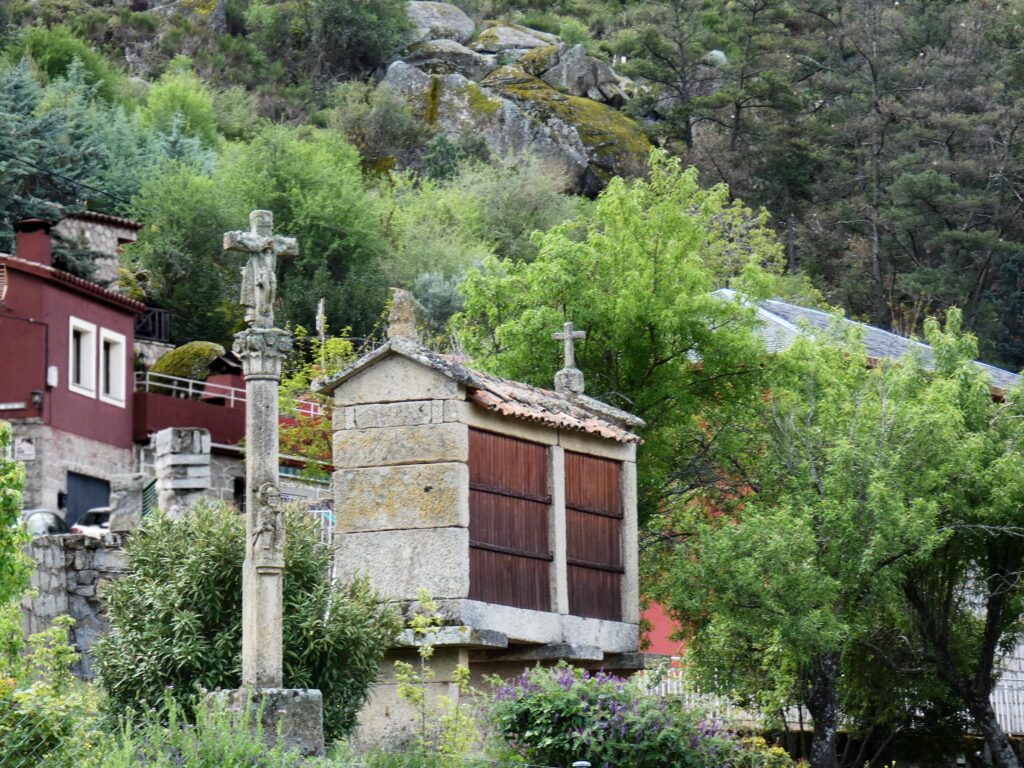
Monumental walk through the heart of the village
The architectural heritage of El Barraco is a reflection of its history and deep faith. The Church of Nuestra Señora de la Asunción is undoubtedly the most impressive building in the municipality. This temple, built between the 15th and 17th centuries, is a magnificent example of Gothic-Isabelline architecture, constructed with granite ashlar. Its 15th-century bell tower is famous for the stone balls that crown it. Inside, the main altarpiece houses works of great artistic value, such as a 15th-century Virgin with Child and a 16th-century Ecce Homo.
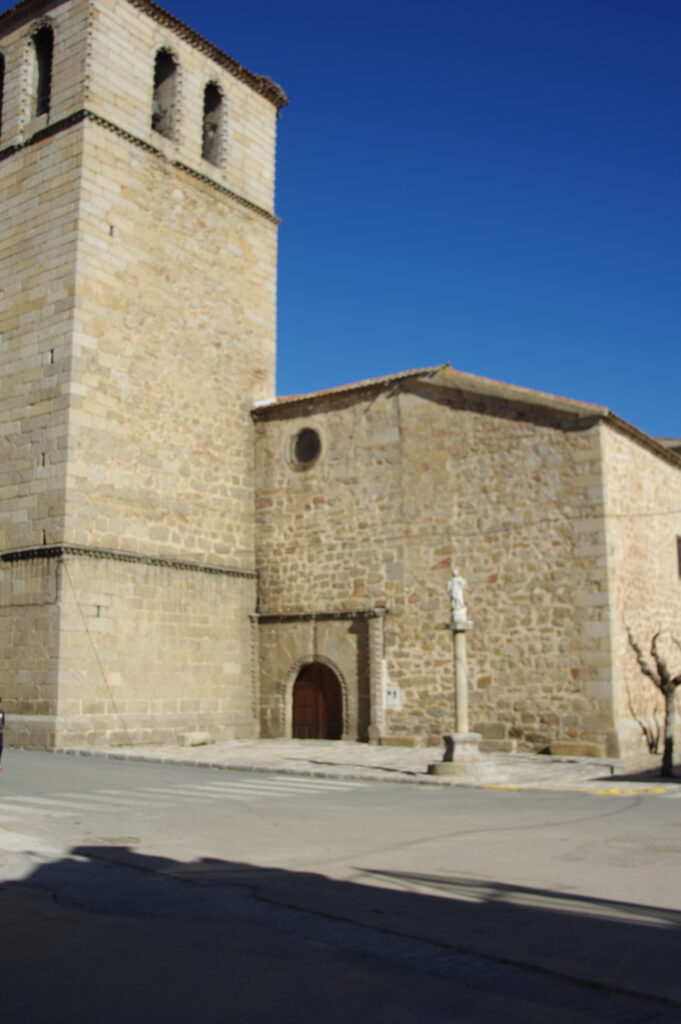
Popular devotion is also evident in the Ermita de la Piedad, a small but charming monument dedicated to Our Lady of Mercy, patron saint of the town. Its design, with carved stonework and a single rectangular nave, conveys a sense of peace and sobriety. The brick bell tower, with a clear Mudejar influence, is an architectural detail that makes it unique. On the outskirts, in the village of Las Cruceras, is the Ermita del Carmen, a symbol of local history and tradition. Although the ancient practices of resin and wood exploitation have now disappeared, the festival of the Virgen del Carmen is still alive, bringing the residents together in a celebration that evokes the region’s industrial past.
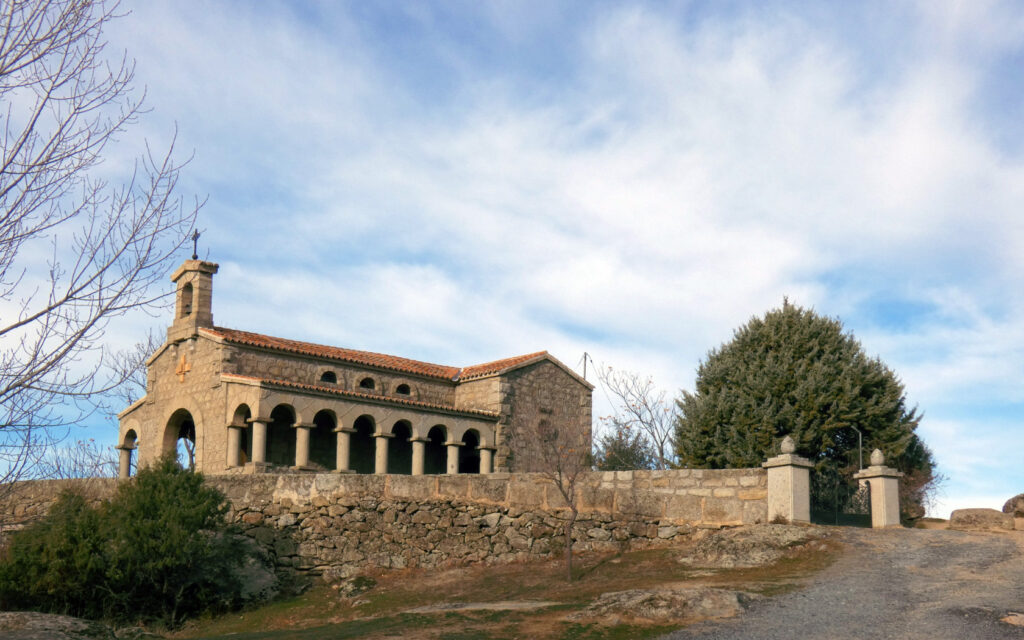
We must not forget the Town Hall, an architectural gem from the 16th century. This building, constructed with carved stonework, has an impressive porticoed gallery with semicircular arches and a wind-up clock. On its façade, a coat of arms pays tribute to Don Juan del Águila, a prominent son of the town. The history of the building, which has withstood a devastating fire and been restored several times, reflects the resilience and spirit of the community. Another point of interest is the Torre de la Gaznata, a 13th-century tower that forms part of the area’s rich medieval history.
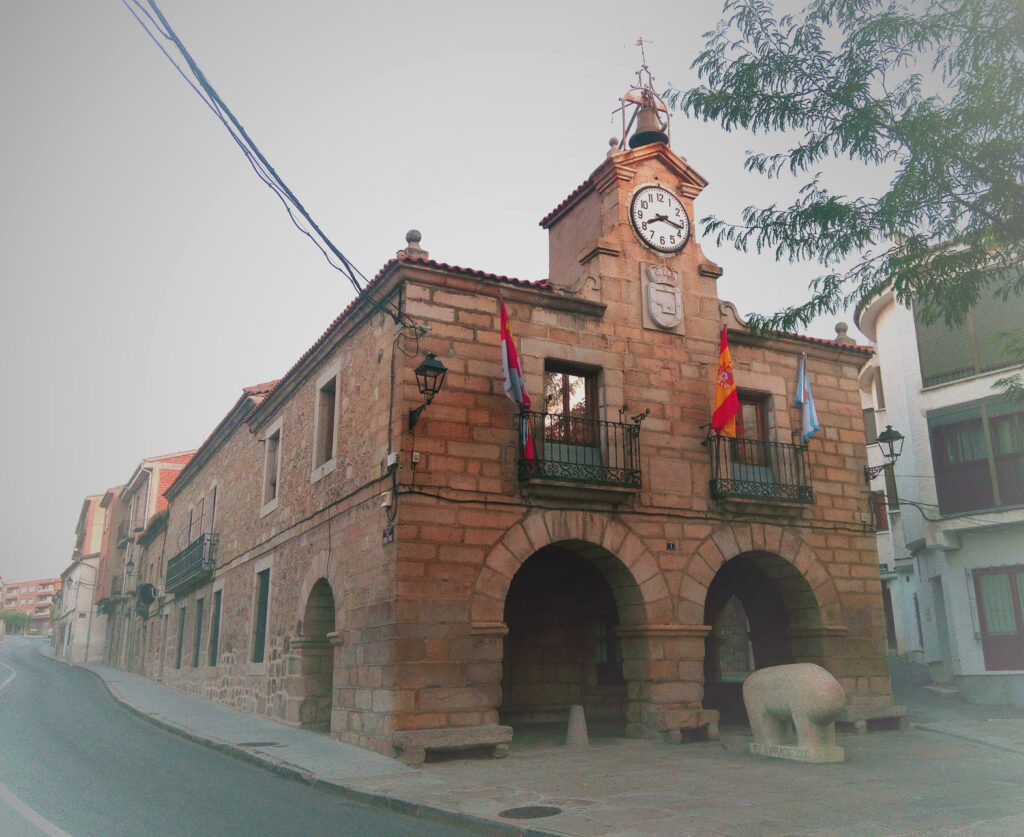
Living traditions and popular festivals
The festivals of El Barraco are an essential part of its identity and offer visitors an excellent opportunity to get to know the soul of the village. Here is a summary of the most important ones:
- Christmas (December): Choral concerts, municipal nativity scene and the traditional Three Kings Parade on 5 January.
- San Pedro (29 June): Festival of the patron saint of El Barraco. Processions, high mass, dances and popular events mark the beginning of summer.
- Cultural Week (end of August): A week full of cultural, sporting and recreational activities. Workshops, exhibitions, concerts and much more, designed for both locals and visitors.
- Patron Saint’s Day celebrations in honour of Cristo de Gracia (14th to 18th September): The most eagerly awaited celebrations of the year. They include:
- Bull runs and bullfights with heifers
- Open-air dance every night
- Parade of clubs and floats
- Children’s activities and competitions
- Procession of Cristo de Gracia, the spiritual and traditional centre of the festivities
- Carnival (dates vary, February or March): Colour takes over the village with costumes, brass bands and parades.
- Holy Week (March or April): Although more intimate than in other towns, it is celebrated with devotion. The processions on Maundy Thursday and Good Friday are particularly noteworthy.

A mosaic of nature and adventure
The area around El Barraco is a paradise for nature lovers and outdoor activities. The majesty of the landscape invites you to explore its many routes and hidden corners. One of the biggest attractions is the El Burguillo Reservoir, built on the Alberche River in the first half of the 20th century. This reservoir, which left the old Burguillo bridge under its waters, is now a place for recreation and adventure. Its calm waters are perfect for cooling off in the hot months and practising water sports.
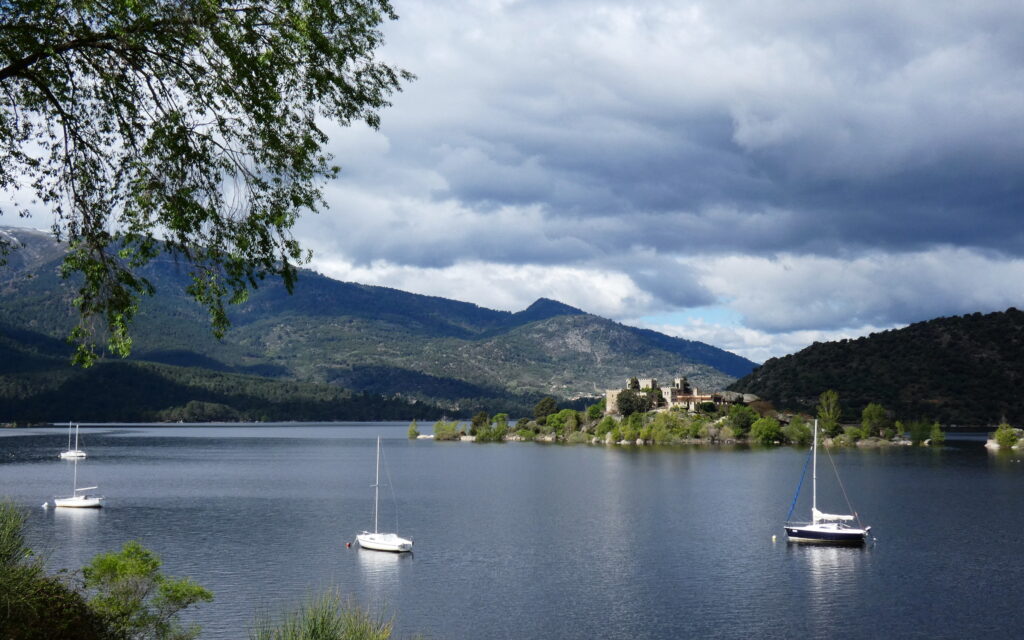
Sailing on the Burguillo is an unforgettable experience. Companies such as El Burguillo A Toda Vela offer the opportunity to enjoy sailing trips, beginner’s lessons or simply a swim from the boat. The tranquillity of the place, the absence of large crowds and the impressive landscape that opens up in the Iruelas Valley Nature Reserve make every trip memorable. The Iruelas Valley is an ecological site of unparalleled beauty.
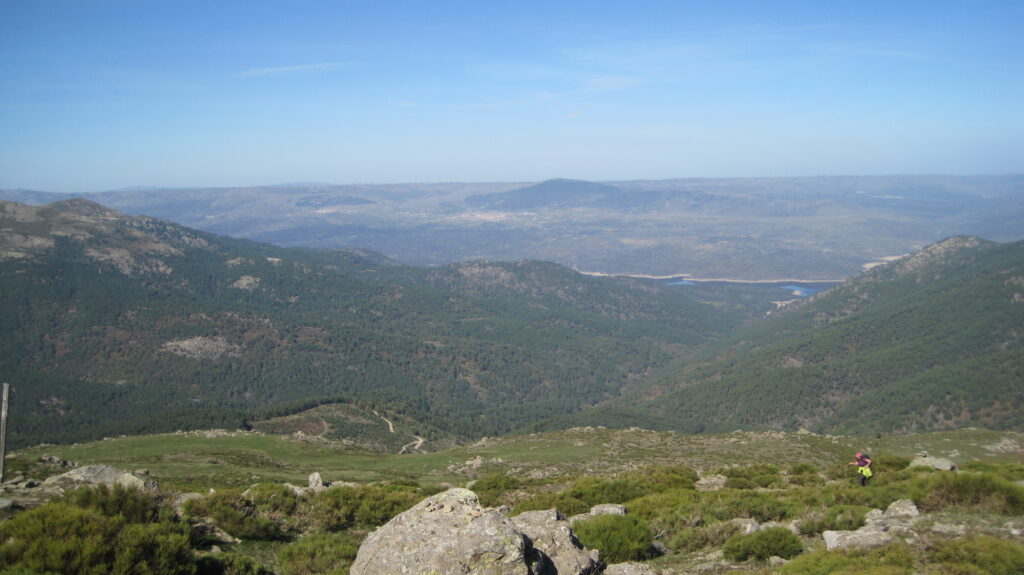
It is a nature sanctuary that stretches around the reservoir, offering spectacular views and the opportunity to delve into a diverse ecosystem. The village of Las Cruceras, on the banks of the reservoir, is a hidden corner ideal for unwinding, a place where the sound of water and birdsong become the soundtrack to tranquillity. Nearby, the Isla del Burguillo, a privately managed area, offers an exclusive setting for events, with a castle and architecture that blends perfectly with the landscape of olive trees, pines and vines.
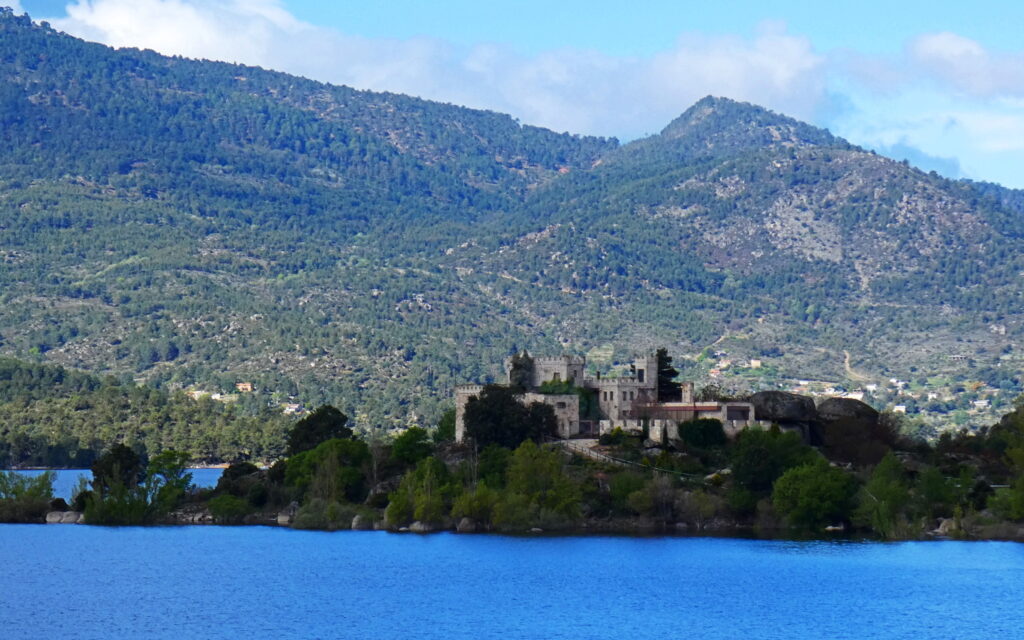
An economic engine with identity
The economy of El Barraco has evolved from its agricultural roots to more diverse sectors. Today, livestock farming—especially goats—stands out, with associated industries such as the Matadero Frigorífico (refrigerated slaughterhouse) and Quesos Elvira García (Elvira García cheeses), which have been awarded for their quality. The village also has a winery with protected geographical indication, Don Juan del Águila, whose wines from Castile and León are appreciated both within and outside the province. But if there is one industry that has defined the recent identity of El Barraco, it is leatherwork. Numerous workshops and shops specialising in leather garments have made the municipality a national benchmark, with products of excellent craftsmanship. In addition, small family businesses in the service sector bring commercial life to the village.
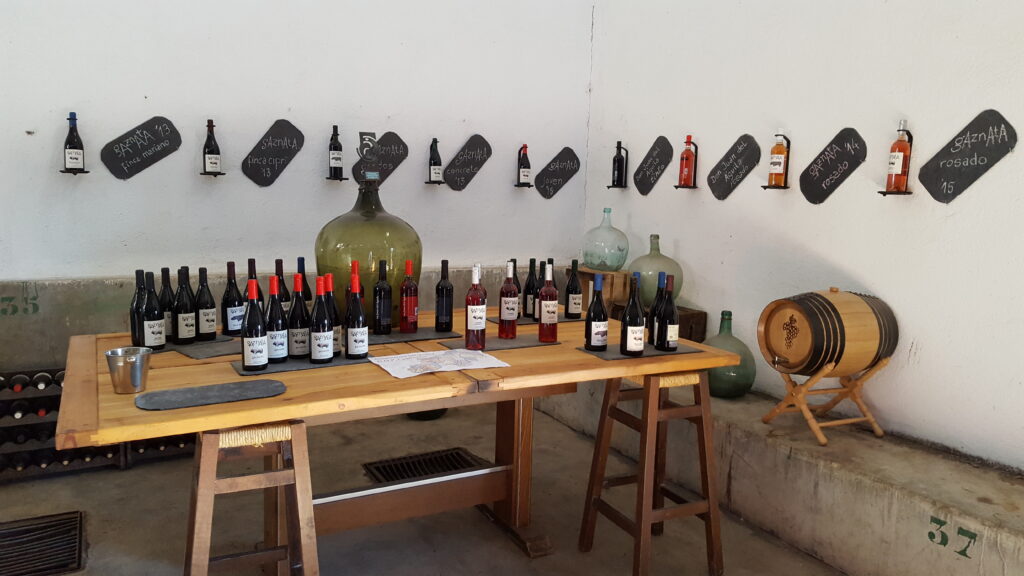
How to get to El Barraco
El Barraco enjoys excellent transport links thanks to its strategic location next to the N-403 national road, which connects Ávila with Toledo. It can also be reached via the C-500 towards El Barco de Ávila or via the AV-902 skirting the reservoir to Navaluenga. Another option is the AVP-306, which connects with the villages in the Pinares area.
From Ávila city there are direct buses on weekdays, departing at 1:00 pm and 5:45 pm. Madrid is only 100 km away on the M-501, and cities such as Salamanca, Toledo and Valladolid are also within easy reach.
Discover Ávila
We recommend visiting these places that we have added to the map in Ávila, to make your trip as complete as possible:
- Peguerinos: an ideal place near Madrid to visit and go on a road trip. 56 minutes away on the CL-505.
- Navarredonda de Gredos: an idyllic mountain location, visit the Parador Nacional de Gredos. 56 minutes away via the AV-905 motorway.
- Piedralaves: a charming little mountain village with plenty of character. 50 minutes away via the N-403 and CL-501 roads.
- Burgohondo: visit an incredible 11th-century abbey. 18 minutes away via the AV-905 and AV-900 motorways.

El Barraco, a destination to return to
El Barraco is not just a point on the map; it is a place where the past and present coexist in harmony, where nature invites you to stop and where every street, every stone and every festival tells a story. Whether you are looking to disconnect in a privileged natural environment or discover the cultural heritage of inland Spain, this corner of Ávila awaits you with open arms. To make the most of your getaway, here are some useful products you can purchase before your trip so that you are well prepared:
- Hiking shoes
- Snorkel set
- Compact microfibre towel
- Waterproof sun cream
- Polarised sunglasses
- Non-slip flip flops
- Anti-theft backpack
In this article you will find some affiliate links. If you book or buy something through them, you help us to continue creating independent and useful content, at no extra cost to you. Thank you very much for making this possible!
Photo Credits
Below are the photo credits in order of appearance. Royalty-free photos will not be listed below:
- Cover Image: Llivssela, CC BY-SA 4.0, via Wikimedia Commons
- Miguel Angel Masegosa Martínez, CC BY 2.0, via Wikimedia Commons
- David Perez, CC BY 3.0, via Wikimedia Commons
- Alexandre Martin Villacastin (AlessVill. / AV), CC BY-SA 4.0, via Wikimedia Commons
- Miguel Angel Masegosa Martínez, CC BY 2.0, via Wikimedia Commons
- Concepcion AMAT ORTA…, CC BY 3.0, via Wikimedia
- Miguel Angel Masegosa Martínez, CC BY 2.0, via Wikimedia Commons
- Llivssela, CC BY-SA 4.0, via Wikimedia Commons
- Miguel Angel Masegosa Martínez, CC BY 2.0, via Wikimedia Commons
- Rodelar, CC BY-SA 4.0, via Wikimedia Commons
- Miguel Angel Masegosa Martínez, CC BY 2.0, via Wikimedia Commons
- Xemenendura, CC BY-SA 3.0, via Wikimedia Commons
